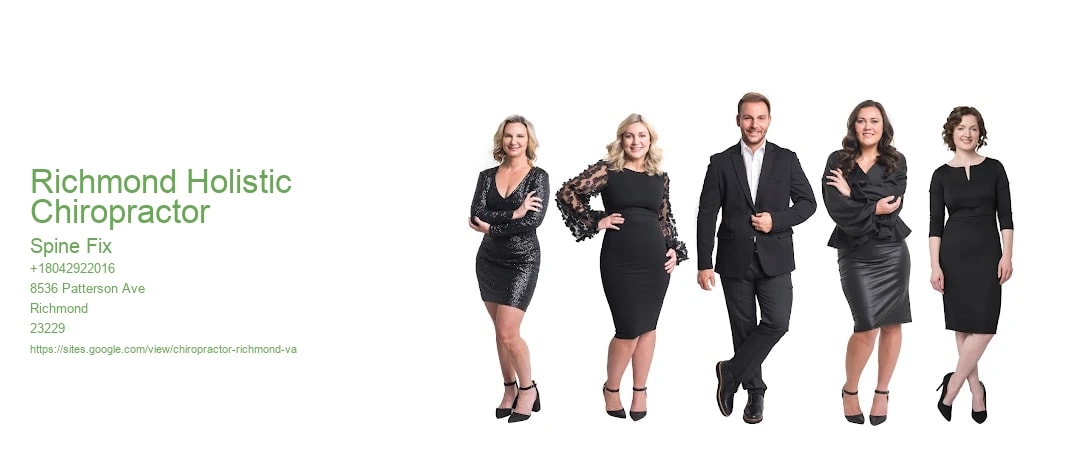Reduced pain in the back or lumbago is an usual disorder entailing the muscles, nerves, and bones of the back, in between the lower edge of the ribs and the lower layer of the butts. Pain can vary from a boring consistent pains to a sudden sharp sensation. Reduced back pain might be categorized by period as severe (discomfort long-term much less than 6 weeks), sub-chronic (6 to 12 weeks), or chronic (more than 12 weeks). The problem might be more categorized by the underlying cause as either mechanical, non-mechanical, or referred pain. The signs and symptoms of reduced neck and back pain typically improve within a few weeks from the moment they start, with 40–-- 90% of people recouped by 6 weeks. In a lot of episodes of reduced back pain a certain underlying reason is not determined or even sought, with the pain thought to be due to mechanical troubles such as muscular tissue or joint stress. If the discomfort does not go away with traditional therapy or if it is accompanied by "red flags" such as inexplicable weight management, fever, or considerable troubles with sensation or motion, additional screening might be needed to look for a serious underlying trouble. In most cases, imaging devices such as X-ray computed tomography are not useful or advised for low back pain that lasts less than 6 weeks (without any warnings) and carry their own threats. Despite this, the use of imaging in reduced neck and back pain has actually raised. Some reduced neck and back pain is triggered by damaged intervertebral discs, and the straight leg increase examination is useful to recognize this cause. In those with persistent pain, the pain processing system may malfunction, creating big amounts of pain in action to non-serious occasions. Chronic non-specific reduced pain in the back (CNSLBP) is a very common bone and joint problem that not just influences the body, but additionally an individual's social and economic standing. It would certainly be greatly valuable for people with CNSLBP to be evaluated for hereditary problems, undesirable lifestyles and routines, and psychosocial factors on top of bone and joint issues. Chronic lower neck and back pain is defined as back pain that lasts greater than three months. The signs of reduced pain in the back usually improve within a couple of weeks from the moment they begin, with 40–-- 90% of individuals recouped by six weeks. Regular activity ought to be continued as high as the discomfort permits. Preliminary management with non-medication based treatments is advised. Non–-- medication based treatments consist of superficial heat, massage, acupuncture, or back adjustment. If these are not sufficiently efficient, NSAIDs are advised. A variety of other options are offered for those who do not boost with typical treatment. Opioids may work if simple discomfort medications are insufficient, however they are not usually recommended as a result of adverse effects, including high rates of dependency, accidental overdose and fatality. Surgical treatment may be beneficial for those with disc-related chronic pain and disability or spinal stenosis. No clear advantage of surgical treatment has been discovered for other situations of non-specific low pain in the back. Reduced back pain commonly affects state of mind, which may be boosted by therapy or antidepressants. Additionally, there are several natural medicine therapies, yet there is inadequate proof to suggest them confidently. The evidence for chiropractic treatment and spinal manipulation is mixed. About 9–-- 12% of people (632 million) have low neck and back pain at any type of given point, and nearly 25% record having it eventually over any one-month duration.About 40% of individuals have reduced pain in the back at some point in their lives, with quotes as high as 80% amongst people in the established world. Low pain in the back is the best contributor to shed efficiency, absenteeism, impairment and early retirement worldwide. Trouble with low pain in the back most often starts between 20 and 40 years of age. Females and older individuals have actually higher approximated prices of reduced neck and back pain and additionally greater disability price quotes. Low neck and back pain is extra typical amongst people aged between 40 and 80 years, with the overall number of individuals impacted anticipated to boost as the population ages. According to the Globe Wellness Company in 2023, reduced back pain is the top clinical condition worldwide where one of the most number of individuals worldwide can benefit from enhanced rehabilitation.
.



